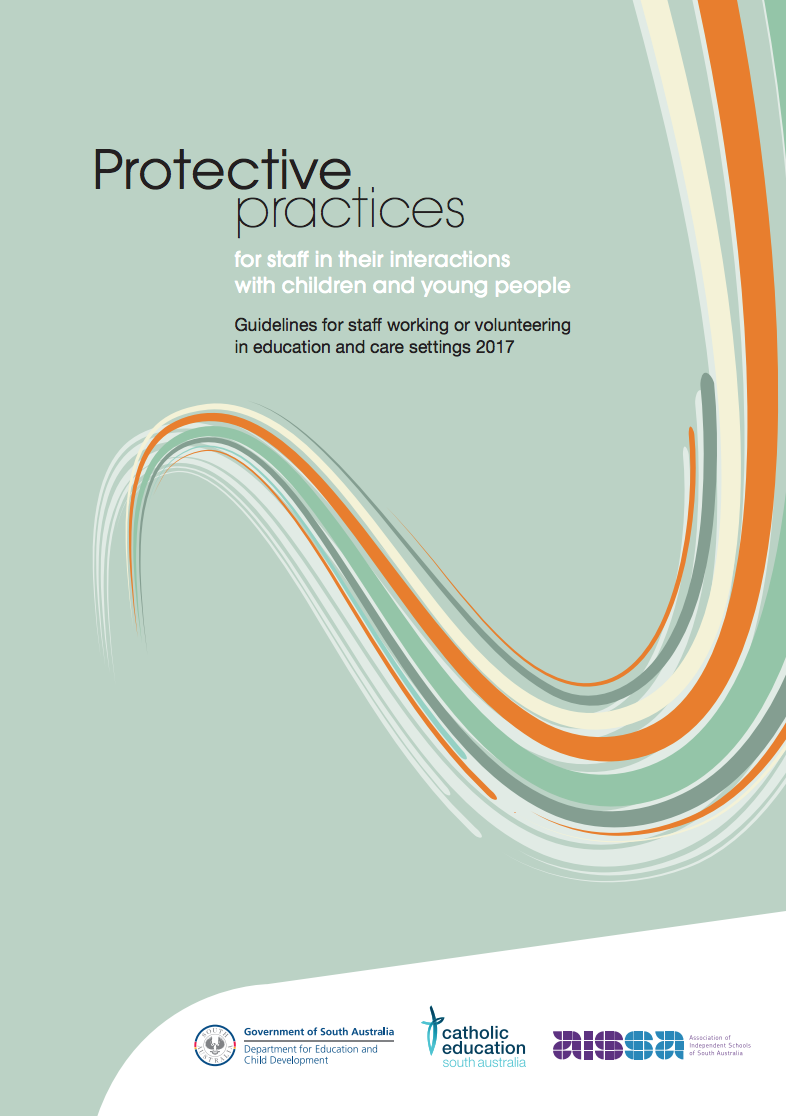<< Previous
4.1
Identify strategies to support inclusive student participation and engagement in classroom activities.
This is a lesson activity from my professional development dance workshop for school teachers. It demonstrates an inclusive approach to teaching dance that incorporates collaboration, critical and creative thinking. This is a student-centred activity where participants use a gym or studio space to explore the elements of dance and create a movement sequence using letters of the alphabet. I have used this activity to get to know students names and /or support and encourage students with appropriately challenging phrases. During this activity students are highly engaged in the learning process. Each time I have taught this activity I have had 100% participation from students including students with special and diverse learning needs.

4.2
Manage classroom activities
This is a wonderful collage of me teaching an activity in year 8 drama class. It clearly shows the students engaging in the classroom activity, practising team building and working collaboratively together. It also highlights my ability to effectively monitor and manage students safely within the classroom space. As you can see in the photos students are focused and concentrating on the task at hand. You can see the role of the teacher (me) as a facilitator and the student-centred nature of the activity.
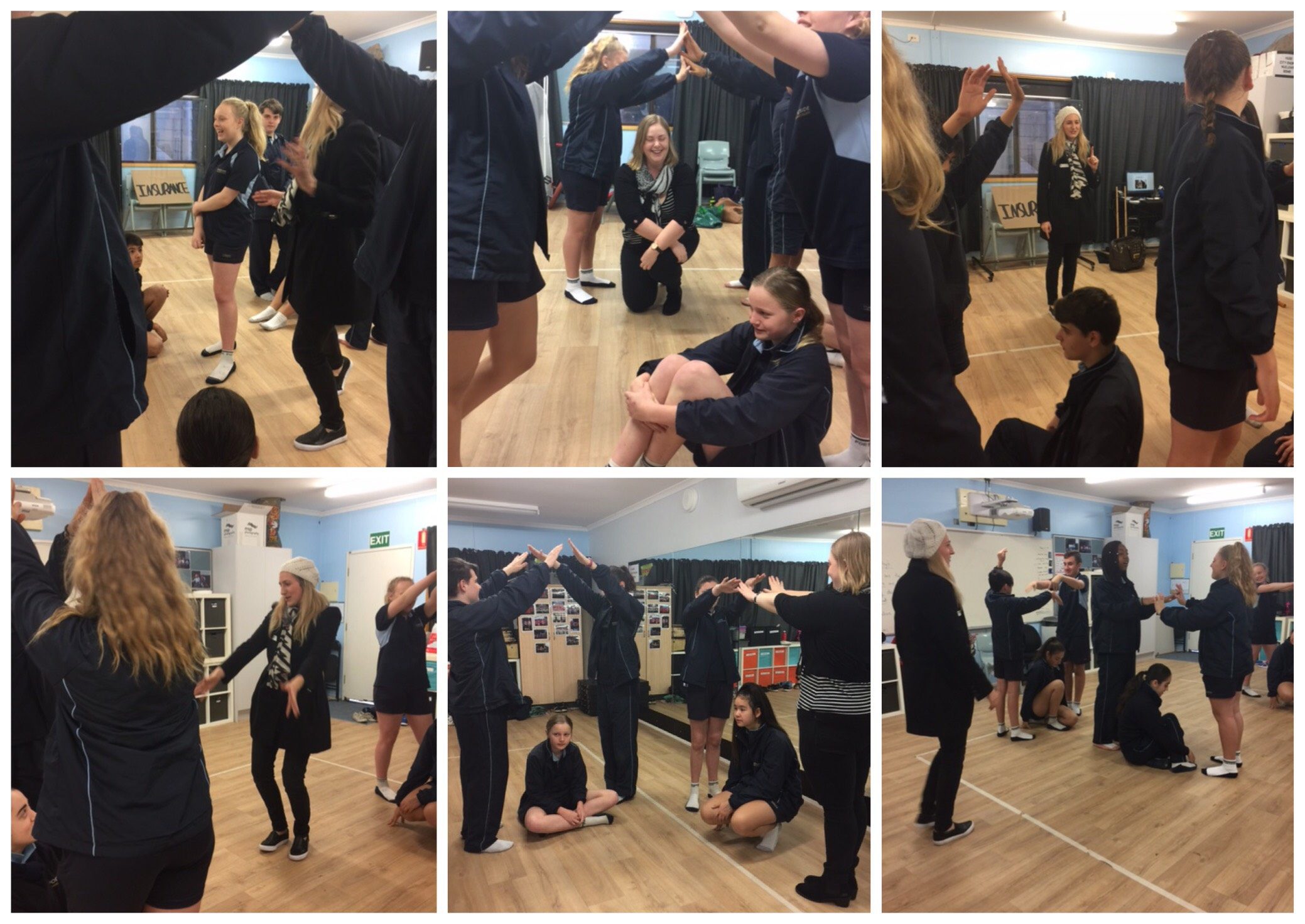
4.3
Manage challenging behaviour
Demonstrate knowledge of practical approaches to manage challenging behaviour.
I have been teaching and working with children for more than 15 years. During this time, I have explored and implemented different pedagogical approaches, theories and instructional techniques that relate to my own personal style and philosophy for effective teaching and learning. I have been most successful in effectively managing and preventing disruptive student classroom behaviours through teaching and learning using an educational student-centred approach focusing on collaboration, engagement, systemisation, communication and self-regulation in a positive learning environment.
I completed a course at University on managing learning environments. The course enabled me to develop my teaching knowledge, skills and attitude to promote productive student behaviours. Through a written report I was able to demonstrate teaching strategies that would help me to develop engaging learning environments and the theory and practice pertaining to managing challenging behaviour in the classroom and wider school community. Below is an excerpt from my written report I completed that best demonstrates my knowledge and understanding of positive planning and practical approaches to manage challenging behaviour.
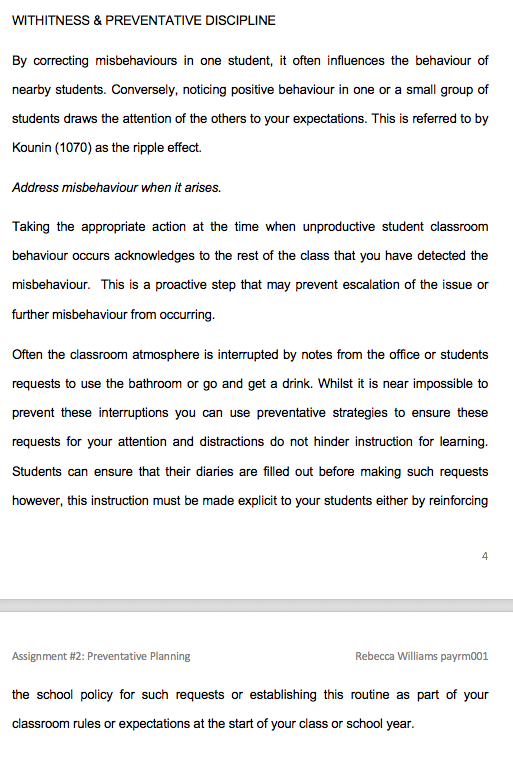
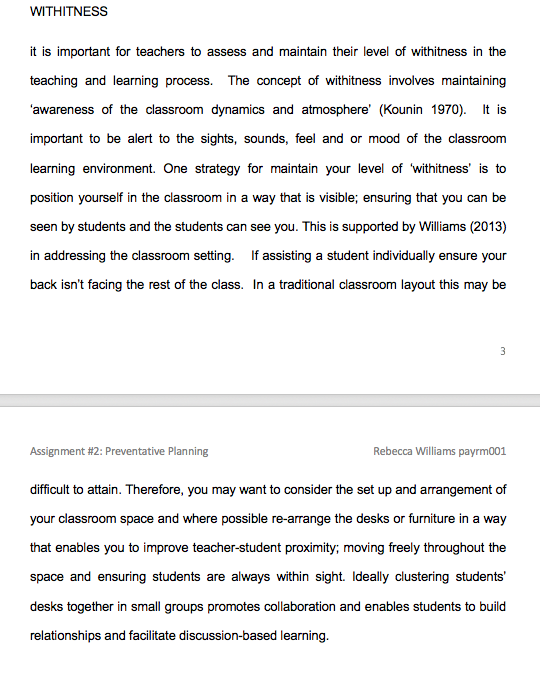
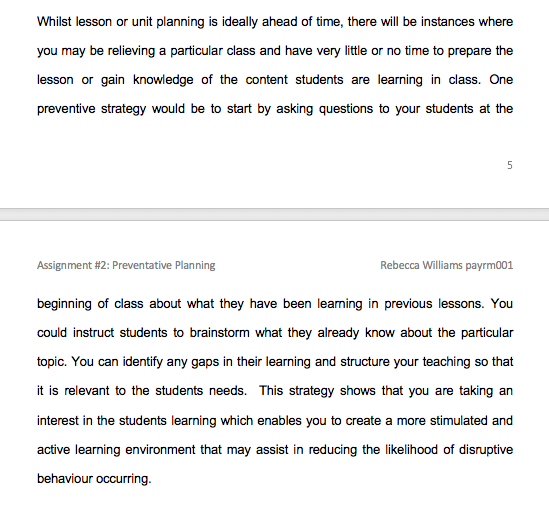
4.4
Maintain student safety
Describe strategies that support students’ wellbeing and safety working within school and/or system, curriculum and legislative requirements.
1. Simple teaching strategies that support and protect students wellbeing and safety include:
2. Appropriate physical contact
3. Showing care through encouragement or congratulations
4. Upholding duty of care in relation to personal conduct and intervening in inappropriate conduct.
5. Managing and Maintaining professional and role boundaries.
The Protective Practices for staff in their interactions with children or children young people provides clear advice to adults for the establishment of positive, caring and respectful relationships with children and young people in education and care settings. It is important that teachers remain up to date with legislation and guidelines relating to the safety and well-being of students. In addition teachers must maintain their Responding to abuse and Neglect (RAN) training and complete Working with children checks.
These guidelines are for staff working or volunteering in education and care settings and safeguard the emotional and physical wellbeing of children and young people by promoting in adults an enhanced understanding of appropriate relationship boundaries.
I have read the below document to enhance my knowledge and understanding:
4.5
Use ICT safely, responsibly and ethically
Demonstrate an understanding of the relevant issues and the strategies available to support the safe, responsible and ethical use of ICT in learning and teaching.
(As demonstrated in Standard 2.6)
Information and Communication Technology (ICT) is one of the general capabilities in the Australian Curriculum. Within the Arts Curriculum, students engage with ICT through digital technologies and virtual technologies when making and responding to artworks. I observed the ways in which students located, accessed, selected and evaluated information during lesson time. I incorporated digital technologies to share and exchange information such as PowerPoint and Kahoot collaborative web-based learning games. I utilised short videos, smartboards and related google classroom technologies to communicate more effectively with students during my English classes.
During my placement I was alerted to the ways in which secondary students engaged with ICT in the classroom. This aroused some concern for me as a teacher regarding the social and ethical protocols and practices of students in the digital environment. In particular, examining whether ICT use in secondary classes enhanced or hindered students learning experience. This has shaped my action research report that I will endeavour to conduct during my final placement.
The artefact I have included is a link to my proposed action research report.


